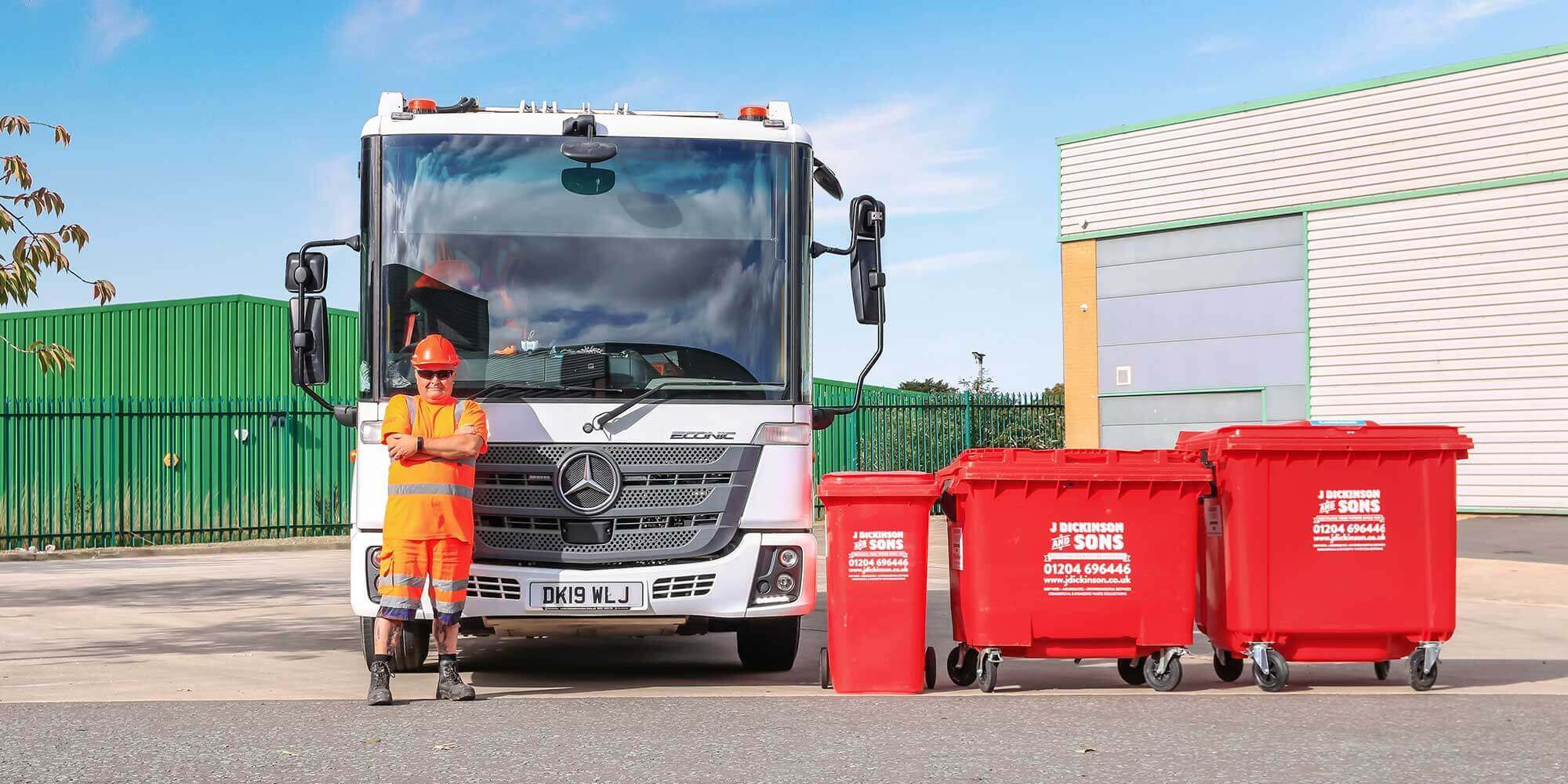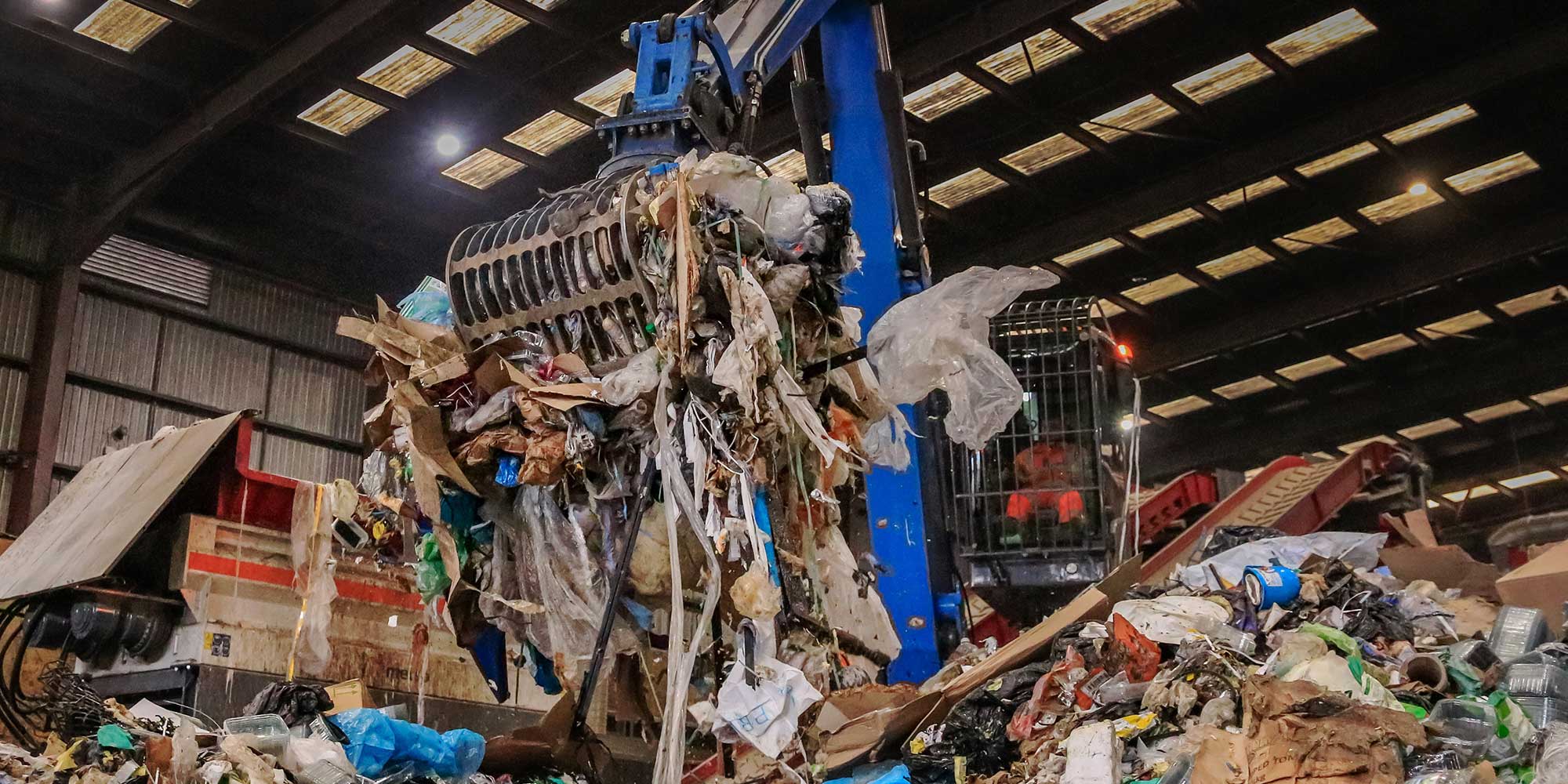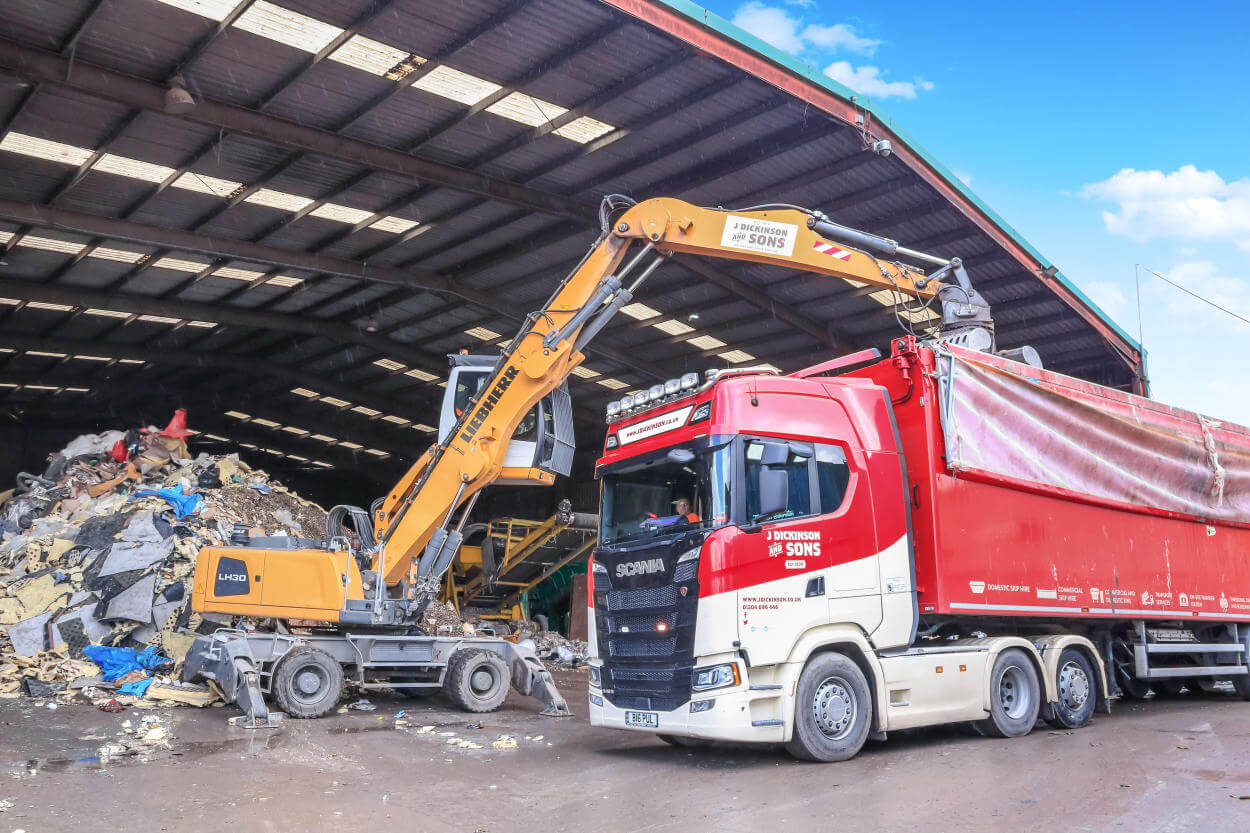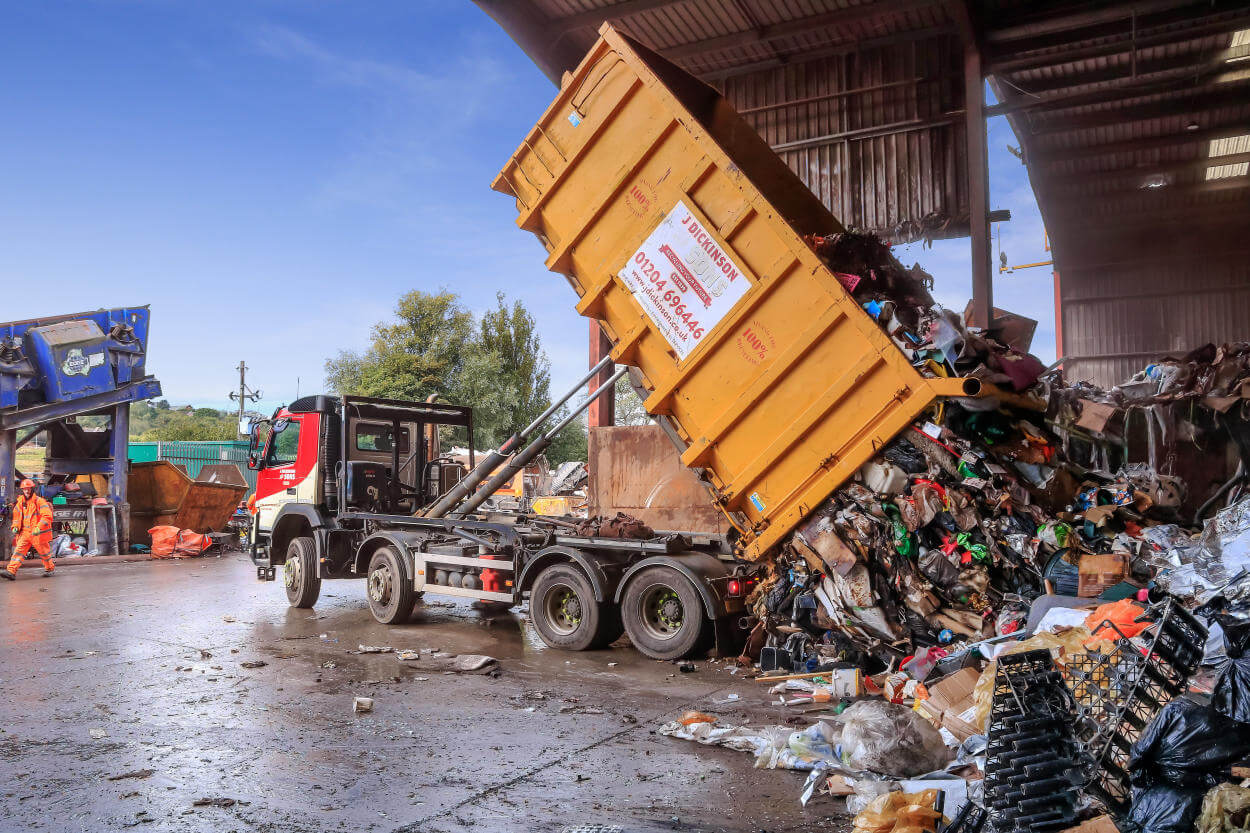
When we think of sustainability, images of plane trips and car rides come to mind. But what about knowing how to reduce food waste?
We can sometimes forget that eco-friendly efforts can start in the kitchen. Food waste is a global issue that affects our environment as well as our wallets. It’s staggering to think that about one-third of all food produced worldwide is wasted.
So here’s the big question – how do we reduce food waste in our homes and everyday lives?
We’ve pulled together some tried and tested, real life solutions. They are simple, effective and, most importantly, doable. With some small changes to our daily routines, we can make a lasting difference one meal at a time. Let’s get into it.
Key Takeaways
- Environmental Impacts of Food Waste
- Greenhouse Gas Emissions from Landfills and Incinerators
- Loss of Resources Used to Produce and Transport Food Items
- Solutions to Reduce Food Waste
- 1. Plan your weeks’ meals using a list
- 2. Embrace your leftovers
- 3. Compost
- 4. Best-before & use-by dates
- 5. Embrace wonky fruit & veg
- 6. Portion out food
- 7. Store Food Correctly
- Manage your food waste with J Dickinson & Sons
Environmental Impacts of Food Waste
Food waste is a global problem that not only affects our economy, the environment, and food security.
The waste generated from food production, processing, distribution, and consumption contributes to greenhouse gas emissions, deforestation, water pollution, and the depletion of natural resources.
Greenhouse Gas Emissions from Landfills and Incinerators
Greenhouse gas emissions from landfills and incinerators are one of the biggest contributors to global emissions, leaving a lasting environmental impact. These two sources are responsible for emitting various gases into the atmosphere, which play a significant role in climate change.
As organic waste and food waste breaks down in landfills, it releases methane, a potent greenhouse gas. Methane is approximately 25 times more damaging compared to carbon dioxide. This makes it a major contributor to global warming and climate change.
Incinerators, on the other hand, burn waste to produce energy or dispose of it. During this process, incinerators release carbon dioxide, as well as other pollutants such as nitrogen oxides and sulphur dioxide.
These gases contribute to air pollution and can have detrimental effects on human health and the environment, including respiratory problems, smog formation, and acid rain.
Loss of Resources Used to Produce and Transport Food Items
The loss of resources used to produce and transport food also adds to the overall issue of food loss and waste. Several factors contribute to this problem, including:
Inadequate technology – Outdated equipment and machinery lead to inefficiencies and higher rates of food spoilage. This results in the loss of valuable resources such as water, energy, and raw materials.
- Low quality packaging – If packaging is not designed to withstand the conditions of transport and distribution, it can lead to spoilage and waste. Additionally, too much packaging needlessly uses resources and contributes to environmental pollution.
- Poor food management – Inadequate storage and handling of food items throughout the supply chain, improper temperature control, mishandling, and lack of preservation methods all contribute to food spoilage and waste.
- Consumer behaviours – Overbuying, improper storage, and discarding edible food contribute to the overall problem. Additionally, consumers’ preference for aesthetically pleasing foods often leads to the rejection of perfectly good but visually imperfect produce.
Solutions to Reduce Food Waste
Given these far reaching impacts, it’s really important for everyone to develop effective solutions to reduce their food waste. Here are some small changes you can work into your everyday life.
1. Plan your weeks’ meals using a list
Planning your weeks’ meals is a good way to reduce food waste while saving money and being more mindful of what is needed.
By deciding exactly what meals you will make, you can buy only the necessary ingredients, removing the chances of you buying extra ingredients that you don’t end up using. This saves money and reduces the amount of food that gets thrown away.
Meal planning can also stop those impulse purchases and unnecessary trips to the supermarket. With a shopping list in hand, you are more likely to stick to your intended purchases and avoid buying items that may go to waste.
2. Embrace your leftovers
Many people tend to overlook the importance of leftovers, often discarding them without realising the potential they hold. However, properly storing and using leftovers comes with multiple benefits.
Make sure you store your leftovers correctly, to keep them fresh and safe to eat. Pop them into airtight containers or wrap them tightly before refrigerating or freezing. This helps prevent the growth of bacteria and keeps the flavours intact. Labelling the containers with the date can be useful for tracking their freshness.
Doing this means you have ingredients ready for extra meals – you could even put this into your meal plan to be extra efficient.
Leftover roasted chicken, for example, can be transformed into a delicious chicken salad for the next day’s lunch. Vegetable scraps can be used to make a flavourful stock, while stale bread can be transformed into croutons or breadcrumbs.
All of this from something that would normally be thrown away and sent to landfill. Plus, you’ll save money on those weekly food shops too!
3. Compost
Of course, there are times where you can reuse your leftovers. In these situations, compost your food scraps instead of putting them in your general waste bin.
Composting not only reduces the amount of waste that goes into landfills but also eliminates the need for synthetic fertilisers. Instead of discarding food scraps, it is used to create a circular economy of food.
When your compost waste is collected it is turned into things like nutrient-rich soil and fertilisers, which farmers can then use to grow more food. Almost any type of food waste can be composted too, including:
- Egg shells
- Coffee grounds
- Fruit and veg peel
- Leftovers
- Meat and bones
4. Best-before & use-by dates
Best-before dates and use-by dates are two labels commonly found on food products. While they both indicate the safety and quality of the food, there is a notable difference between them.
Best-before dates are primarily related to the quality of the food. They provide consumers with an estimate of how long the product will retain its best flavour and texture. Many people will throw away food that is past its best before date, but you don’t have to. This food is still perfectly safe to eat.
On the other hand, if your food passes the use-by date, it may not be safe to eat. In these scenarios, remove all the packaging and pop the food waste into your compost bin.
5. Embrace wonky fruit & veg
Many supermarkets have started selling ‘imperfect produce’ to encourage customers to embrace the beauty of these funny-looking fruits and vegetables.
While they may not look as beautiful, there is nothing wrong with this food – they still taste amazing and have all the same nutrients. When we buy imperfect produce, we can help reduce the amount of food that goes to waste simply because it does not meet the cosmetic standards set by the traditional market.
Supermarkets play a vital role in promoting imperfect produce. Many have introduced dedicated sections or even entire ranges dedicated to selling wonky fruit and veg. This approach encourages consumers to shift their perception of what is considered “normal” and aligns with the growing demand for more sustainable and environmentally friendly options.
6. Portion out food
Portioning out food helps us prevent cooking too much and wasting it. Here are the steps to help you portion your food efficiently and reduce waste.
- Plan your meals – Before cooking, plan your meals and determine the required portion sizes, so you avoid cooking in excess.
- Learn about portion sizes – Understand the recommended serving sizes for different types of food. Portion sizes vary depending on the food group; for example, grains like rice and pasta usually have a serving size of approximately ½ to 1 cup cooked.
- Weigh out foods – Use a kitchen scale to accurately measure ingredients like rice, pasta, and vegetables. Weighing ingredients ensures precise portioning and reduces the chances of cooking too much.
- Use measuring cups – If you don’t have a scale, measuring cups can be a practical alternative for portioning out certain foods, such as rice or pasta. Use a portion size guide to accurately measure the recommended amount.
- Divide into individual servings – Once the food is cooked, divide it into individual servings. Separate them into reusable containers, ready to be stored or immediately enjoyed.
By following these steps, you can effectively portion out food, reduce waste, and ensure that you cook just the right amount for each meal.
7. Store Food Correctly
Properly storing perishable food is an important part of reducing food waste and prolonging their freshness and flavour.
When it comes to storing fruits and vegetables, it is important to understand which items should be kept at room temperature and which should be refrigerated.
Fruits like bananas, melons, and citrus fruits can be stored at room temperature, as refrigeration can cause them to lose flavour and texture.
On the other hand, berries, leafy greens, and most vegetables should be refrigerated to retain their freshness and crispness.
Most fridges these days come with dedicated drawers for your fruit and veg. These maintain a more consistent climate, especially when you open the fridge to make brews or find a snack.
Manage your food waste with J Dickinson & Sons
Are you looking for a reliable and sustainable food waste collection service? You’ve found it with us at J Dickinson & Sons.
We’re committed to eco-friendly waste disposal, so you can count on us to handle your food waste responsibly. Get in touch today for a free quote.
Share this




